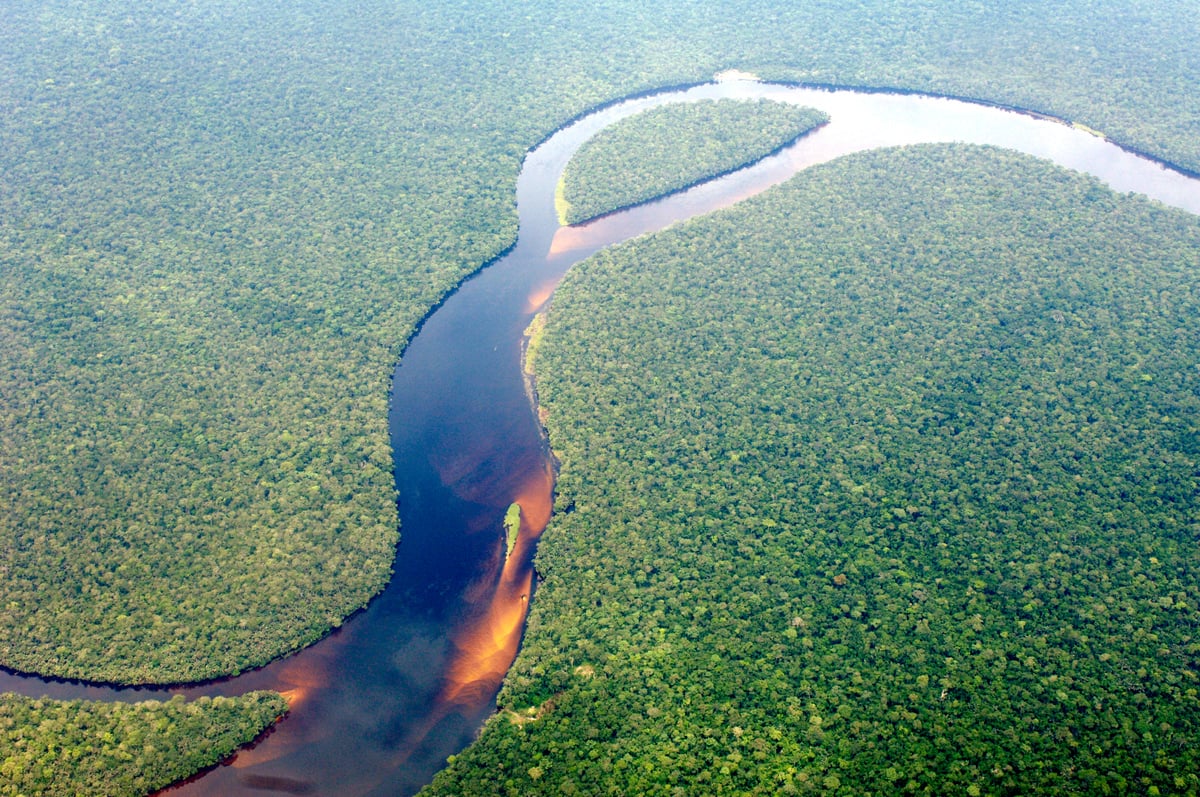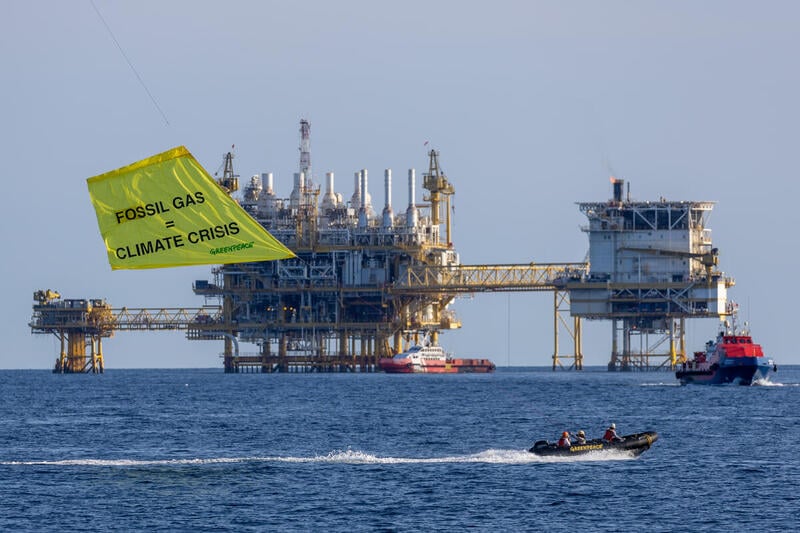Johannesburg, 19 March 2019 – In October 2018, Greenpeace released a groundbreaking analysis of satellite data from 1 June to 31 August 2018, which showed Mpumalanga is the world’s worst NO2 pollution hotspot for that three month period. Today, Greenpeace releases two new reports: an updated global analysis of NO2 and SO2 pollution based on a full year’s satellite data[1], along with an updated analysis of how many premature deaths are being caused by Eskom’s rampant pollution[2].
The analysis confirms that the coal power and industrial cluster in Mpumalanga is still the world’s worst hotspot for NO2 coming from power plants[3]. When looking at all sources of NO2, the area is now ranked 4th in the world. The province is also ranked third in the world for even deadlier SO2 emissions. The second study reveals that the utility’s almost complete reliance on coal leads to about 2100 premature deaths every year, and that Eskom’s application to postpone complying with the Minimum Emission Standards (MES) would cause an additional 16 000 premature deaths over the remaining life of Eskom’s power plants[4].
“We are in the midst of an air pollution crisis within an electricity crisis in South Africa, and can no longer afford to be in denial. Coal is killing thousands of people prematurely, and this detailed analysis of satellite data confirms that Mpumalanga is the world’s worst hotspot for power plant SO2 and NO2 emissions, and is ranked fourth in the world overall. Mpumalanga does in fact have the most polluting cluster of coal-fired power stations in the world,” said Melita Steele, Senior Climate and Energy Campaign Manager.
Compared with Greenpeace’s first Global NO2 Air Pollution hotspot map published in October 2018[5], the updated analysis, based on twelve months of data instead of only three months, moves Mpumalanga from the first to the fourth spot in the world after Tehran and Dubai – two Middle Eastern locations with very high oil consumption in power plants, industries and transport – and Seoul in South Korea[6]. Mpumalanga remains the highest-emitting coal power plant hotspot in the world, on par with the Sonbhadra coal mining and power plant cluster in India, according to the full-year’s worth of data.
Lauri Myllyvirta, lead analyst at the Greenpeace Global Air Pollution Unit, said, “My analysis confirms that Eskom is responsible for approximately 2000 premature deaths a year, and for the first time we have an analysis that indicates that 420 of these premature deaths are in Gauteng because most of Eskom’s coal-fired capacity is located close to the region[7].
“The emission control performance of the coal-fired boilers in South Africa is dramatically worse than in other countries. Eskom’s coal-fired power plants are allowed to emit more than 20 times as much SO2 and 15 times as much NOx as Chinese and European coal-fired plants because of weak emission standards. China ranks comparably low in the Global Air Pollution map because over the five-year period from 2012 to 2017, the country achieved dramatic reductions in power plant and industrial emissions and equally dramatic improvements in air quality.”
The majority of Eskom’s highly polluting coal-fired power stations do not comply with these relatively weak MES. In 2015 Eskom was granted a five year postponement from complying with MES. In 2018 Eskom again applied for postponements for nitrogen oxides for 16 of its 19 power plants (including 14 coal-fired power plants and 2 liquid fuel power plants) and suspensions of SO2 emission standards for the majority of the power plants. The decision about whether Eskom will be given a new licence to kill will be taken this year by the National Air Quality Officer, Dr Thuli Khumalo[8].
Steele concluded, “Greenpeace Africa is vehemently opposed to Eskom’s application for further postponements and/or suspensions from air quality legislation. In the interests of realising our constitutional right to a healthy environment, absolutely no further postponements should be given to Eskom or, indeed, any other entity when cleaner and safer options are available.”
Media contact: Chris Vlavianos, Communications Officer – Greenpeace Africa, [email protected], 079 883 7036
Notes to the editor:
- The updated analysis released today is based on a full year of TROPOMI NO2 satellite data and other scientific datasets. The analysis can be found here.
- The analysis can be found here.
- Mpumalanga is home to a cluster of 12 coal-fired power stations, with a total capacity of over 32 gigawatts, owned and operated by Eskom.
- It is projected that, over time, the excess emissions allowed if Eskom’s requests for non-compliance with the MES are fully granted will lead to the following avoidable health impacts:
– 5,600 premature deaths due to increased risk of lower respiratory infections, including in young children
– 1,500 premature deaths due to increased risk of stroke
– 1,500 premature deaths due to increased risk of death from diabetes
– 2,300 premature deaths due to increased risk of chronic obstructive pulmonary disease
– 3,000 premature deaths due to increased risk of ischaemic heart disease, and
– 1,900 premature deaths due to increased risk of lung cancer associated with chronic PM2.5 exposure, as well as
– 500 premature deaths due to increased risk of death associated with acute NO2 exposure. - The link to the previous NO2 pollution map briefing can be found here and the original press release can be found here.
- These locations have very high seasonality with higher NO2 levels in the northern hemisphere winter, and consequently rank lower in the southern hemisphere winter, the period in which the original analysis was undertaken.
- These impacts break down into 140 premature deaths in Johannesburg, 120 in Tshwane, 120 in Ekurhuleni, 20 in Sedibeng and 20 in West Rand.
- Greenpeace Africa launched a Clean Air petition last week, calling on the National Air Quality Officer to turn down Eskom’s application. The petition can be found here.



